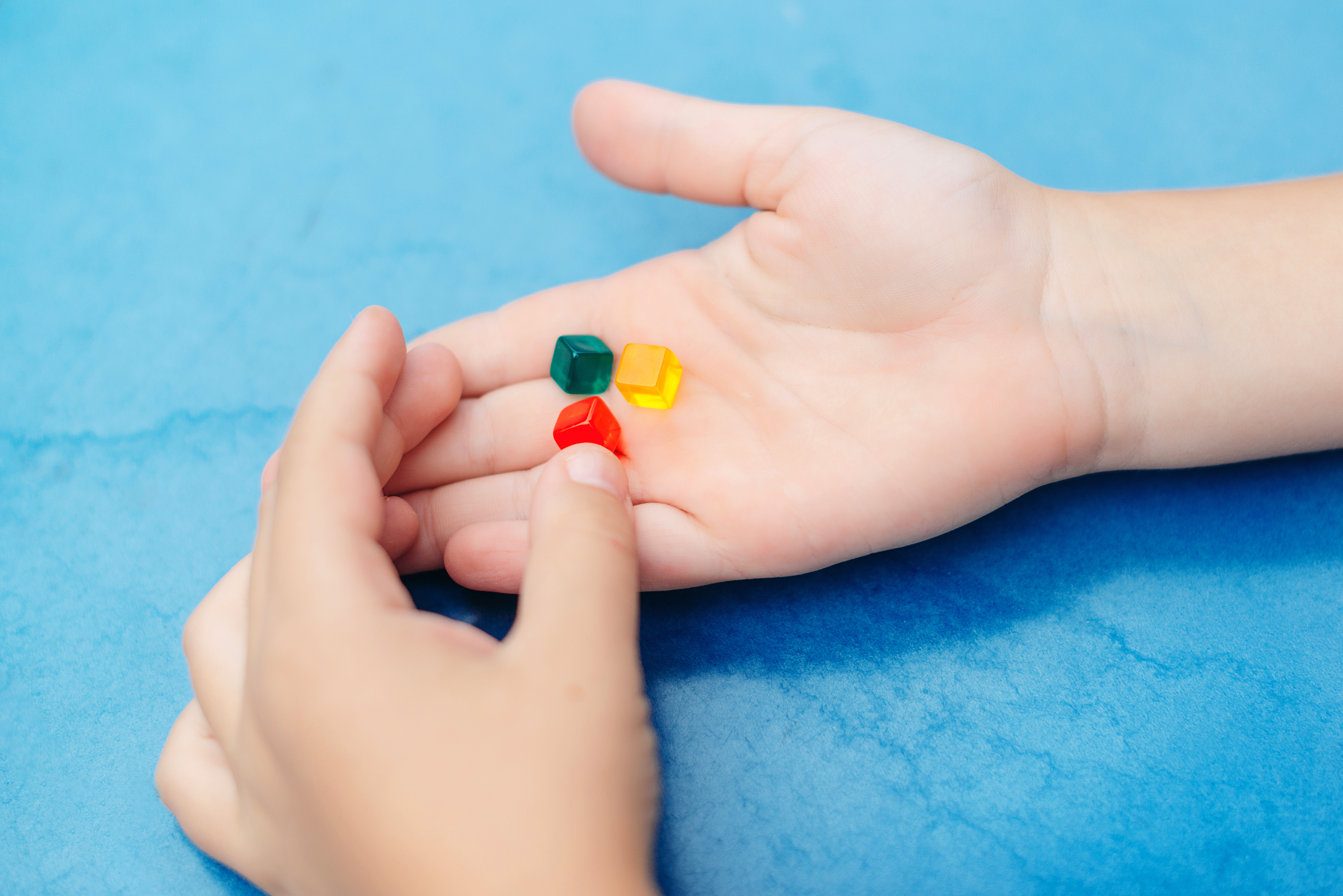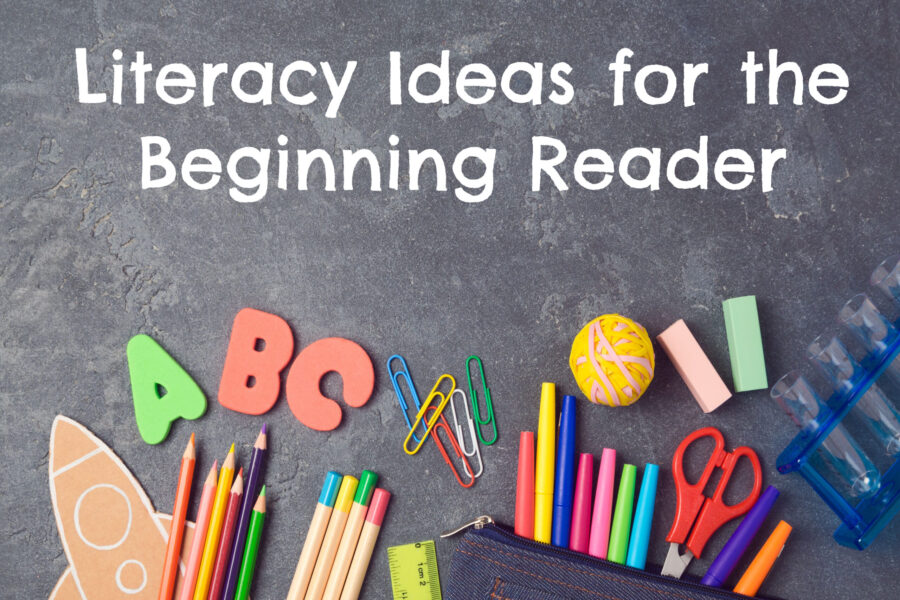
BACK to SCHOOL Phonemic Awareness Literacy Ideas
Here’s a fun whole or small group phonemic awareness literacy idea that is virtually prep-free! It’s an excellent EZPZ Back-to-School or ANYTIME ice-breaker for building classroom community while targeting essential literacy skills, precisely, PHONEMIC AWARENESS! I call it The NAME GAME! Again, it’s a multi-purpose literacy game. First, the students and I are learning each other’s names while practicing a vital pre-reading skill: learning to listen for the individual sounds in words, and in this case, names!

The NAME GAME Overview
Using your phone or laptop computer, take a photo of each of your new students. Then, upload them in a slide show deck. Next, entitle the deck to what it pertains to, for example, BACK-TO-SCHOOL, Second Grade in 2022 with Mrs. Lenahan. You get the idea. Keep in mind that this activity provides endless, and I mean constant, opportunities to practice phonemic awareness skills any time of the year!
At-School: If you are an in-school teacher, make the activity fun by allowing students to pose at school. (Again, remember that this game does not need to be relegated to just Back-to-School! Take pictures of your students throughout the school year during different seasons, holidays, and special events. For example, if you took a picture of your student holding a pumpkin during October, the possible words isolated to the smallest sounds could be October, pumpkin, and harvest. This easy game is super adaptable and provides endless learning opportunities to practice hearing the smallest sounds within many different words. This keeps the gameplay relevant, and your students build and extend specialized vocabulary throughout the school year.
At Home: If you are a home-school parent, take pictures of your family members in the home environment, and for some extra fun, add extended family members like grandparents, cousins, and pets.
WHOLE GROUP Phonemic Awareness Teaching Suggestions:
Initially, flash the slide show across your whiteboard and allow students to identify their friends by name. Then, kid-watch while students say the individual sounds heard within the name. Students unsure of the individual sounds in words likely will not feel the stress of being put on the spot and having to answer individually. Still, as a teacher, you are gleaning significant anecdotal evidence of what your students are capable of along the phonological awareness spectrum.
Instead of using cubes while playing the NAME GAME whole group, students may use a hand motion such as snapping, clapping, or chopping to represent the individual sounds in their classmate’s name.

The English language consists of forty-four phonemes. Twenty are Vowel Sounds, with the remainder being twenty-four Consonant Sounds.
What’s the goal of playing The NAME GAME?
The objective is for the students to begin hearing the individual sounds (phonemes) in words; this can be a challenging feat for some students. However, the more time spent practicing, the better students will become at discerning the smallest sounds. Therefore, now is the time to use cubes for small group instruction at your teacher’s table, where you can observe the students and give individual feedback. If you wish to use a phonemic awareness mat with the cubes, here’s a free Back to School Phonemic Awareness Mat.

Credits: I used the background papers from BEST TEACHER TOOLS at Teachers Pay Teachers.
SMALL GROUP Phonemic Awareness Teaching Suggestions:
While working with students at the teacher’s table, you can take those same names or the children’s names in the group and have them move one cube per sound. Again, the goal is for the student to move one cube per individual sound heard.
Remember, name choices are not limited to students’ names. When I get to know my students, and they know a little about me, I introduce them to my fur family and use that to informally introduce The Name Game to the class!

For example, here is a picture of my poodle pup, Kipper. I could use him to explain which sounds I hear in his name. For example, the name Kipper would contain four sounds. If the student were able to hear and say all of the individual sounds in the name Kipper, the student would:
First, move a cube for the first sound of /k/.
Next, move a cube for the second short /i/sound.
Then, move a cube for the third sound as in the digraph pp for the sound of /p/.
Finally, move the fourth and final cube to represent the r-control sound as in /er/.
Which manipulative is best?

You can use a variety of manipulatives to represent each sound from colored cubes; I plan to use red, yellow, and green ones. Miniature apple erasers would be cute, too! The sky is the limit for whatever you select to use as mini manipulatives to represent each sound/phoneme.

When is the optimal time to play The Name Game?
Anytime is the optimal time to practice hearing individual sounds/phonemes in words.
- Flash just a few student photos daily, and play the game throughout the first weeks of school, most certainly while establishing classroom rules, routines, and procedures.
- It’s also a great game to revisit when a new student joins the class to build friendship and camaraderie.
- The Name Game would be my go-to Phonemic Awareness literacy activity, especially when I need something quick, easy, and right on point without having to take teaching or personal time to prepare!
- Play the game when you need just a few filler activities for whole group instruction, or play it, in a small group, with a few students when you have just a few minutes to squeeze in for that extra little reading group!






